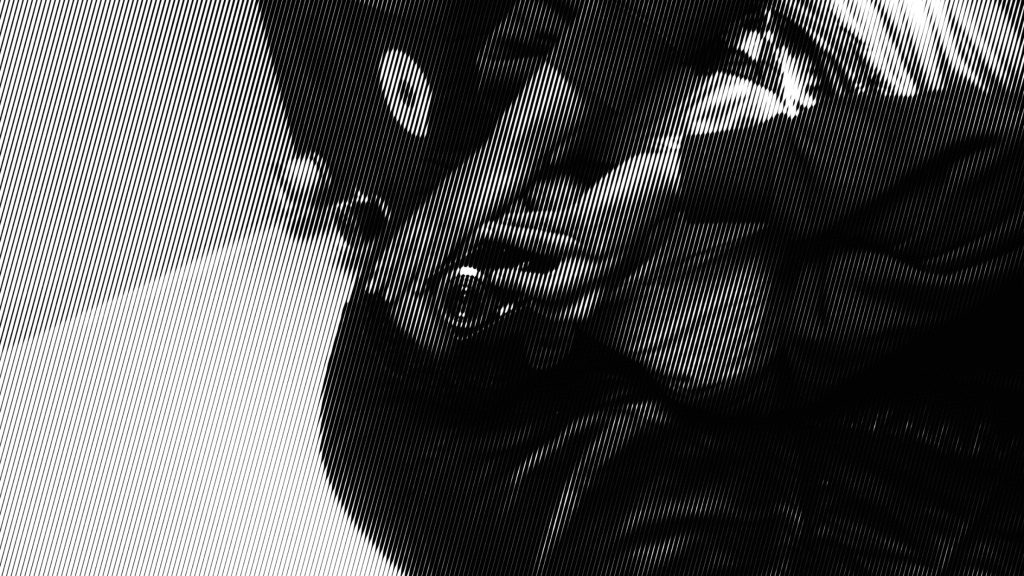Drums pound twice, sine synths sound like Morse code in conversations with the full arrangement still to come. Synth bass rumbles and fizzes like a fresh can of soda. Hollow bells keep time with future drums. All makes “Homeland Mothership,” a track that in approximately ten minutes still feels like it’s composed to set the scene for following epics.
Three Moons Later, an album by Bristol’s Gas No Light, is filled with songs like this. They build momentum using African polyrhythms that roll and take you back to ancient yet regal times before bringing in strange synth arrangements reminiscent of something galactic. One of many albums to contribute to the Afrofuturism tag, GNL imagines a universe where pieces of history were upgraded for a new day—think the widespread rumors about aliens building the pyramids in Egypt and its accompanying soundtrack you imagine would not be far from what is on this tape.
The approach to these songs is based on building up components from multiple synths to multiple drum styles to something grandiose before breaking them down. Hardly any track overstays its welcome for the duration it spends. The Latin rhythm of “The Alien Pharaoh” piles drums from the tympani to the hand drums before bright organs and laser synths burst through the seams in two minutes and 40 seconds. Afterward, “Afrikan Tribesman” blends a tight, dynamic modern disco rhythm with liquid synths.
Some of Three Moons Later manages to blend the two components—African rhythms and futuristic synths—to become more than the sum of its parts. “Brother Planet” is one of two tracks exceeding 10 minutes that certainly justifies its runtime, as the strolling cowbells and colossal snare drums collide in a sound that, on its own, is cosmic before getting syrup with liquefied synths and freakout sine synths. Another example is “Alien Power,” a track blending afrobeat and synthwave elements so well that there is hardly any point disconnecting the cultural DNA. This song goes directly into the throws of space with its groove and echoing stabs of Fargo synths. But amongst these, “Space War Face” stands out in its ability to blend funky rhythms with synths for a hypnotic wooziness in the lead synth melody.
Though the artist who goes underneath the biological name of Laurence says most of these songs are created for fun—he has other projects where he has experimented with different musical ideas—the sounds here show a lot of serious creative passion. Painstaking craftsmanship shines through each beat and each melodic element which performs in time like the tracks were formed from the jump. If you had to choose one album that feels like a musical demonstration of Afrofuturism as a culture, Gas No Light’s dance opus, Three Moons Later is a perfect introduction.






One Comment
Pingback: EveryDeJaVu Review On Three Moons Later – GasNoLight.co.uk
Comments are closed.